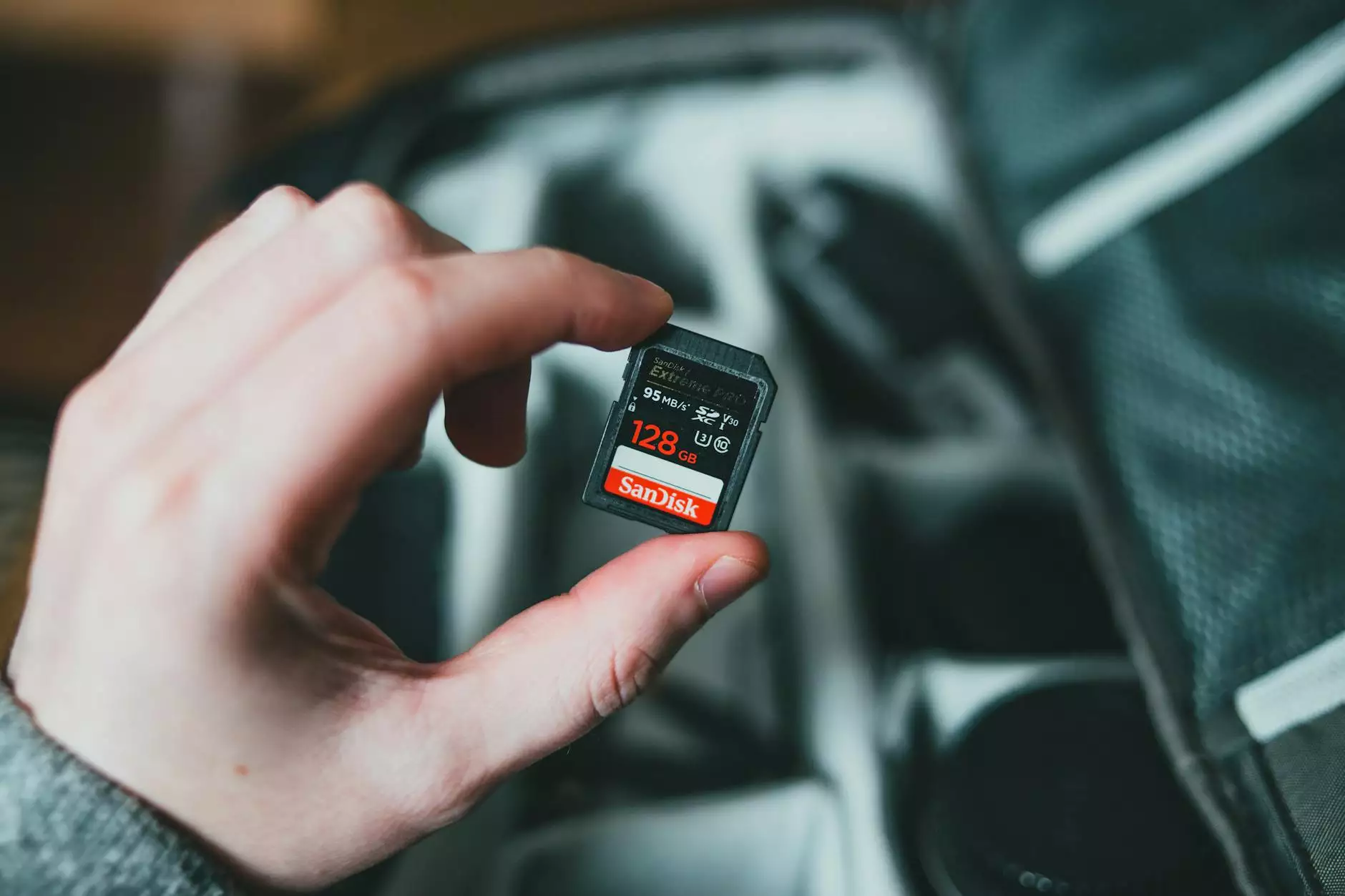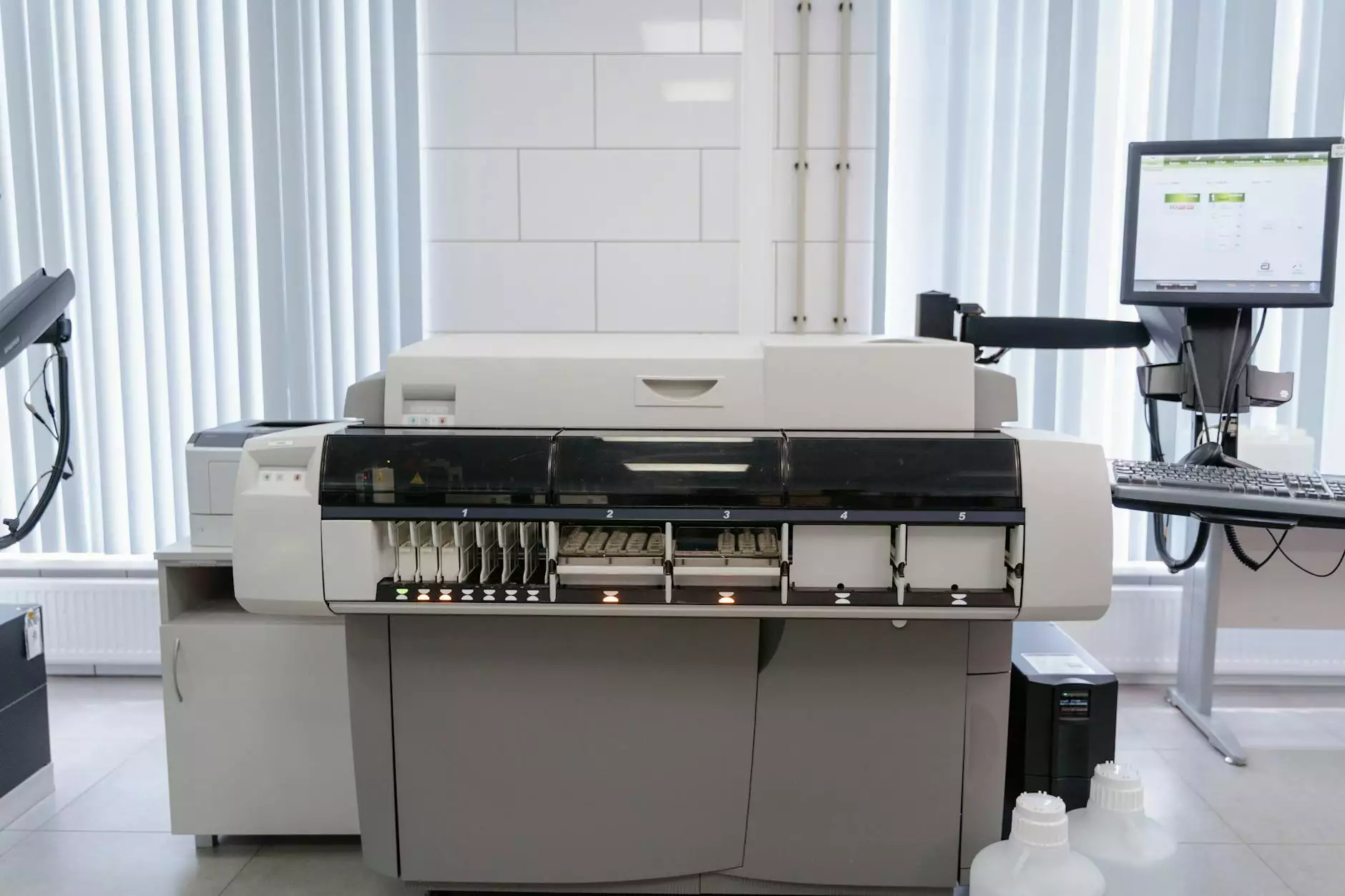The Vital Role of the Western Blot Transfer Apparatus in Biochemical Research

The field of biochemical research is constantly evolving, driven by innovations and advancements in technology. Among the multitude of tools available to scientists, the Western blot transfer apparatus stands out as a crucial component in the study of proteins. This article delves deeply into the intricacies of this essential equipment, examining its functions, features, and innovations that enhance its utility in the laboratory.
Understanding the Western Blot Technique
The Western blot technique is a powerful analytical method used to detect specific proteins in a sample. Developed in the late 1970s, this method has become a cornerstone in many fields, including molecular biology, immunology, and biochemistry. The process involves several key steps, including:
- Protein Extraction: Proteins are extracted from cells or tissues using lysis buffers that maintain the proteins' integrity.
- Gel Electrophoresis: The extracted proteins are separated based on their size and charge using polyacrylamide gel electrophoresis.
- Transfer: The separated proteins are then transferred from the gel onto a membrane—this is where the Western blot transfer apparatus comes into play.
- Blocking: The membrane is blocked to prevent non-specific binding of antibodies.
- Antibody Incubation: Specific antibodies are applied to bind to the target proteins.
- Detection: Finally, the bound antibodies are visualized through various detection methods.
The Role of the Western Blot Transfer Apparatus
The Western blot transfer apparatus is integral to the transfer phase of the Western blotting process. It ensures the efficient and effective transfer of proteins from the gel to a solid membrane (such as nitrocellulose or PVDF). Here’s a closer look at how the transfer apparatus operates:
Principle of Transfer
The transfer of proteins is commonly executed through two main methods: electroblotting and diffusion blotting. Here's how these methods work:
- Electroblotting: This method uses an electric current to facilitate the movement of proteins out of the gel onto the membrane. The proteins, which are negatively charged during electrophoresis, migrate towards the anode. This method is the most widely used due to its speed and efficiency.
- Diffusion Blotting: A more traditional method, this involves placing the gel in contact with the membrane and allowing proteins to diffuse from the gel onto the membrane. Although it is simpler, it is less efficient and not as commonly used in modern laboratories.
Components of a Western Blot Transfer Apparatus
Modern Western blot transfer apparatus systems are designed for optimal performance and precision. Key components include:
- Transfer Chamber: The primary vessel where the gel and membrane are placed. It is typically filled with a transfer buffer that facilitates protein migration.
- Power Supply: Provides the electrical current necessary for electroblotting, allowing proteins to transfer efficiently.
- Gel and Membrane Setup: Systems are often designed to hold various gel and membrane sizes securely, ensuring consistent results.
- Cooling System: Overheating can affect transfer efficiency, so many advanced apparatus include cooling systems to maintain optimal temperatures during the process.
Innovations in Western Blot Transfer Technology
As research demands evolve, so do the technologies associated with the Western blot transfer apparatus. Recent innovations focus on enhancing transfer efficiency, reducing time, and increasing reproducibility. Notable advancements include:
Rapid Transfer Systems
Modern rapid transfer systems can achieve protein transfer in as little as 15 minutes, drastically reducing the overall time needed for Western blotting. These systems often employ higher voltages and optimized buffers to enhance transfer rates without compromising protein integrity.
Automated Systems
Automation in the laboratory has streamlined many processes, and Western blot transfer apparatus is no exception. Automated systems not only simplify the transfer process but also minimize human error, ensuring more consistent and reproducible results. Features such as built-in protocols, programmable settings, and real-time monitoring are becoming increasingly common.
Compatible Membranes and Buffers
Some manufacturers, such as Precision BioSystems, focus on developing membranes and buffers that enhance the transfer efficiency for specific types of proteins. For instance, proprietary membranes designed to bind a broader range of proteins can significantly improve detection sensitivity.
Benefits of Using High-Quality Western Blot Transfer Apparatus
Investing in a high-quality Western blot transfer apparatus offers numerous benefits for researchers and laboratories:
- Consistent Results: Quality apparatus are engineered to deliver reliable and reproducible results across multiple experiments.
- Adaptability: High-end transfer systems can accommodate various gel types and sizes, making them versatile tools for different research needs.
- Improved Sensitivity: Advanced designs enhance the binding efficiency of proteins to membranes, which is essential for detecting low-abundance proteins.
- Time and Cost Efficiency: Faster transfers and reduced trial-and-error lead to overall cost savings and allow researchers to move on to the next stages of their experiments more quickly.
Challenges in Western Blotting and How to Overcome Them
Despite the capabilities of modern Western blot transfer apparatus, researchers often encounter challenges during the blotting process. Some common issues and their solutions include:
Poor Transfer Efficiency
If proteins do not transfer adequately from the gel to the membrane, the results can be compromised. Factors to consider include:
- Buffer Composition: Ensure the transfer buffer contains the right salts and additives.
- Voltage and Time: Optimize the voltage and duration of the transfer process based on the protein size.
- Membrane Selection: Choose the appropriate membrane type for the protein of interest.
Non-Specific Binding of Antibodies
Non-specific binding can lead to high background noise in detection. To mitigate this, the following approaches can be effective:
- Blocking Agents: Utilize high-quality blocking agents tailored for specific applications.
- Washing Steps: Implement thorough washing steps between primary and secondary antibody incubations to reduce non-specific interactions.
Protein Degradation
Proteins are susceptible to degradation if not handled properly. To prevent this:
- Use Protease Inhibitors: When extracting proteins, always include protease inhibitors in the lysis buffer.
- Optimize Storage Conditions: Store samples at appropriate temperatures and conditions to maintain protein stability.
Conclusion
The Western blot transfer apparatus is undeniably a pivotal tool in laboratory settings, underpinning a wide range of research applications. Its role in the sensitive detection and analysis of proteins cannot be overstated. As technology advances, the versatility and efficiency of these apparatus continue to improve, offering promising possibilities for scientists across various disciplines.
With companies like Precision BioSystems leading the way in innovation and quality, researchers are better equipped than ever to obtain accurate and reliable data. By understanding the technological advancements and best practices in using Western blot transfer apparatus, laboratories can maximize their productivity and contribute to groundbreaking discoveries in the field of biomedical research.









